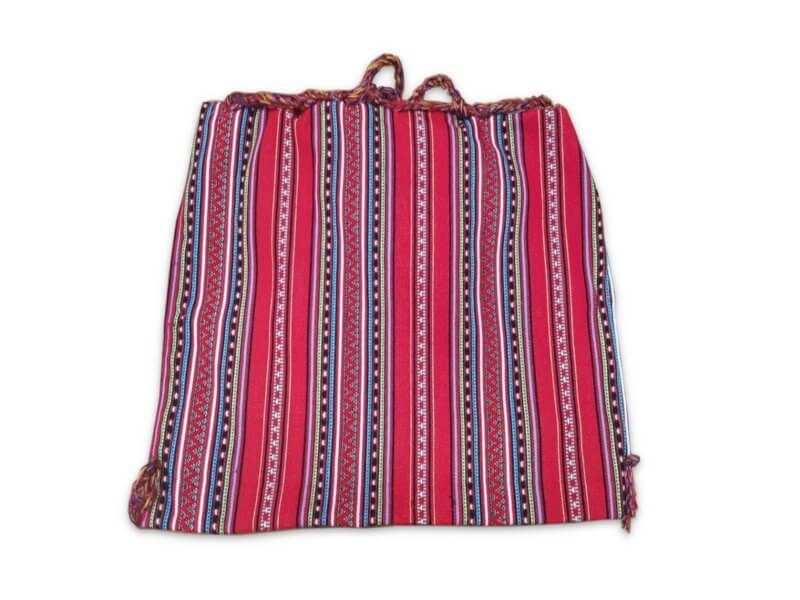The island of Crete, nestled in the azure waters of the Mediterranean, boasts a rich tapestry of history, culture, and artisanal traditions. Among its many treasures is the ancient craft of fabric dyeing, a practice that has been passed down through generations and remains a vibrant part of Cretan heritage. This intricate art form not only showcases the island’s natural resources but also reflects the ingenuity and creativity of its people.
Historical Roots
The origins of fabric dyeing in Crete can be traced back to the Minoan civilization, which flourished around 2000 BCE. The Minoans were renowned for their advanced techniques in various crafts, including textile production and dyeing. Archaeological findings, such as frescoes and pottery, depict vividly colored garments and intricate patterns, indicating the early mastery of dyeing processes.
The tradition continued through the centuries, evolving with influences from various cultures that interacted with Crete. The island’s strategic position in the Mediterranean made it a crossroads of trade, bringing in new materials and techniques that enriched its dyeing practices.
Natural Dyes and Their Sources
One of the defining characteristics of traditional Cretan fabric dyeing is the use of natural dyes. These dyes are derived from the abundant flora of the island and the surrounding sea, ensuring that the practice is both sustainable and environmentally friendly. The primary sources of these dyes include plants, roots, bark, and marine organisms.
- Madder Root (Rubia tinctorum): This plant produces a range of red hues, from soft pinks to deep crimsons. The root is harvested, dried, and ground into a powder, which is then boiled to extract the dye.
- Woad (Isatis tinctoria): Known for its ability to produce blue dye, woad was a staple in ancient European dyeing practices. The leaves of the woad plant are fermented and then dried to create a paste, which is rehydrated to produce the dye.
- Saffron (Crocus sativus): Widely grown in Crete, saffron provides a vibrant yellow dye. The delicate stigmas of the saffron flower are painstakingly harvested and dried before being used in the dyeing process.
- Oak Galls: These growths on oak trees are rich in tannins and produce a range of brown and black shades. They are collected, crushed, and boiled to release their color.
- Tyrian Purple: One of the most prestigious dyes, Tyrian purple is derived from the Murex sea snail. This dye was highly prized in antiquity and often reserved for royalty.
The Dyeing Process
The traditional Cretan dyeing process is a meticulous and time-consuming affair, reflecting the deep respect for the craft. The process begins with the preparation of the fibers, which are typically wool or cotton. The fibers are cleaned and mordanted, a crucial step that ensures the dye adheres to the fabric. Common mordants include alum, iron, and tannin-rich substances.
Once the fibers are ready, they are immersed in the dye bath. This involves boiling the natural dye sources to extract their colors, then simmering the fabric in the dye solution. The duration of immersion and the temperature are carefully controlled to achieve the desired shade.
After dyeing, the fabrics are thoroughly rinsed and hung to dry in the Cretan sun. This natural drying process not only sets the dye but also enhances the vibrancy of the colors. The result is a stunning array of hues that reflect the natural beauty of Crete.
Cultural Significance
Traditional fabric dyeing in Crete is more than just a craft; it is an expression of cultural identity and pride. The colors and patterns produced through this art form are often incorporated into traditional Cretan costumes, worn during festivals and celebrations. These garments symbolize the island’s heritage and the continuity of its artisanal traditions.
Moreover, the practice of fabric dyeing fosters a deep connection to the land and its resources. By using locally sourced materials, Cretan dyers honor the island’s natural bounty and promote sustainability. This respect for nature is a core value that has been integral to the survival and evolution of the craft.
Preservation and Revival
In recent years, there has been a resurgence of interest in traditional crafts, including fabric dyeing. Efforts to preserve and revive these practices are gaining momentum, supported by local artisans, cultural organizations, and educational initiatives. Workshops and demonstrations are held to teach younger generations the techniques and history of fabric dyeing, ensuring that this invaluable heritage is not lost.
Conclusion
The art of traditional Cretan fabric dyeing stands as a testament to the island’s rich cultural legacy. It is a celebration of creativity, sustainability, and the enduring bond between people and nature. As this ancient craft continues to thrive, it serves as a vibrant reminder of Crete’s timeless beauty and artisanal excellence.


